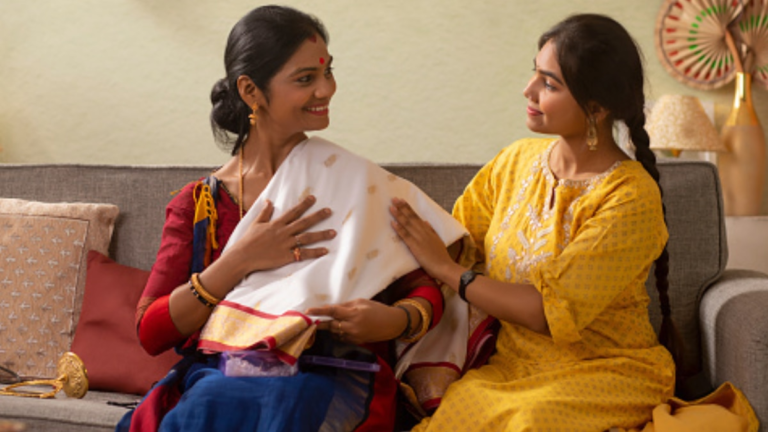Fashion has always been about expressing yourself, an art that weaves threads of emotion and forges connections between what you wear and how you feel. This emphasizes the importance of choosing colors and styles that positively affect your mood. Fashion should ideally be a source of joy, fun, confidence and comfort tailored to your personal tastes. In the world of dynamic trends, the concept of “dopamine dressing” has emerged, which goes beyond mere aesthetics.
That said, “dopamine dressing” does not follow any specific rules, colors or textures. Coined by fashion psychologist Dawn Cullen, known as the “Dress Doctor,” in her book “Dressing Your Best Life,” the term encourages creativity, promotes confidence, and even influences how a person feels. and thereby influence people. people in everyday life. For example, if a person is depressed, what they wear can change how they feel, think, and behave.
So, what exactly is “dopamine dressing”?
Dopamine is one of the feel-good neurotransmitters released in our brains, and similarly, “dopamine dressing” means dressing up so that the happy hormone is released in large quantities. This word was coined because it means the joy of dressing up and wearing whatever you like.
Today, many people choose “dopamine dressing” to feel better and release “happy hormones” and enjoy the joy of dressing up, but this is not a solution to mental illness.
“Dopamine dressings are a great way to boost mental health and mood, but they are not a solution for severe mental disorders. People with anxiety, depression, bipolar disorder, or other mental health disorders should You need therapy,'” warns Maniya Adrakkha, a mind coach and NLP practitioner.
“Wearing clothes that remind you of happy memories can be used as a switch technique to lighten your mood or boost your confidence. But it's not a cure for mental disorders.”
The influence of dopamine on leadership
There are many factors that contribute to a leader's success. One noteworthy aspect is the relationship between clothing choices and the brain release of dopamine, a neurotransmitter associated with pleasure and reward.
Motivational speaker and life coach Nasir Shaikh says, “Dopamine dressing is more than just a fashion choice; it's about strategically choosing clothing that boosts confidence and positively impacts both individuals and those they lead.'' “When leaders are happy with their appearance, they exude confidence and increase creativity.” It creates a ripple effect within their team. ”
“Their attention to detail in their appearance reflects a similar commitment to excellence at work, which results in increased self-esteem, improved decision-making, improved communication, and resilience when faced with challenges.” It increases your power,” he continues.
The psychological effects of dopamine dressing are also profound. It's not just about looking good. It's about leveraging the powerful link between self-image and leadership effectiveness.
Nasir Shaikh says, “When leaders express themselves with intentionality, they gain respect and foster a positive work culture. This habit not only increases individual confidence, but also gives team members a sense of security.” ”.
Effect of color on dress:
color It has multifaceted effects on clothing, shaping personal choices, influencing emotional states, and contributing to social cognition. Awareness of color psychology allows individuals to make informed and intentional decisions about how they dress, enhancing self-expression and communication.
Also, when we talk about this, a connection arises between colors and fashion psychology. Explore the psychological aspects of clothing and style, investigating how clothing choices influence an individual's thoughts, feelings, and behaviors.
Dopamine Dressing encourages individuals to choose clothing that makes them feel confident and happy and expresses their individuality. This concept is consistent with color psychology, where different colors are believed to evoke specific emotions.
talk about this, Says Sanchi Kapur, a Dehradun-based health psychologist and career counselor:Especially bright and bold colors are often associated with positive emotions and energy. Understanding the psychology of color in fashion allows designers, retailers, and individuals to make intentional choices that align with personal taste, cultural influences, and the emotional impact they seek in their clothing. It adds depth to art and the expression of personal style. ”
Here are some of the ways color psychology affects clothing and fashion that she mentioned.
- emotional impact
- personal expression
- recognized identity
- trends and seasons
- color combination
- psychological comfort
Although these associations suggest a potential relationship between fashion psychology and dopamine, it is important to note that this field is complex and individuals may respond differently.


